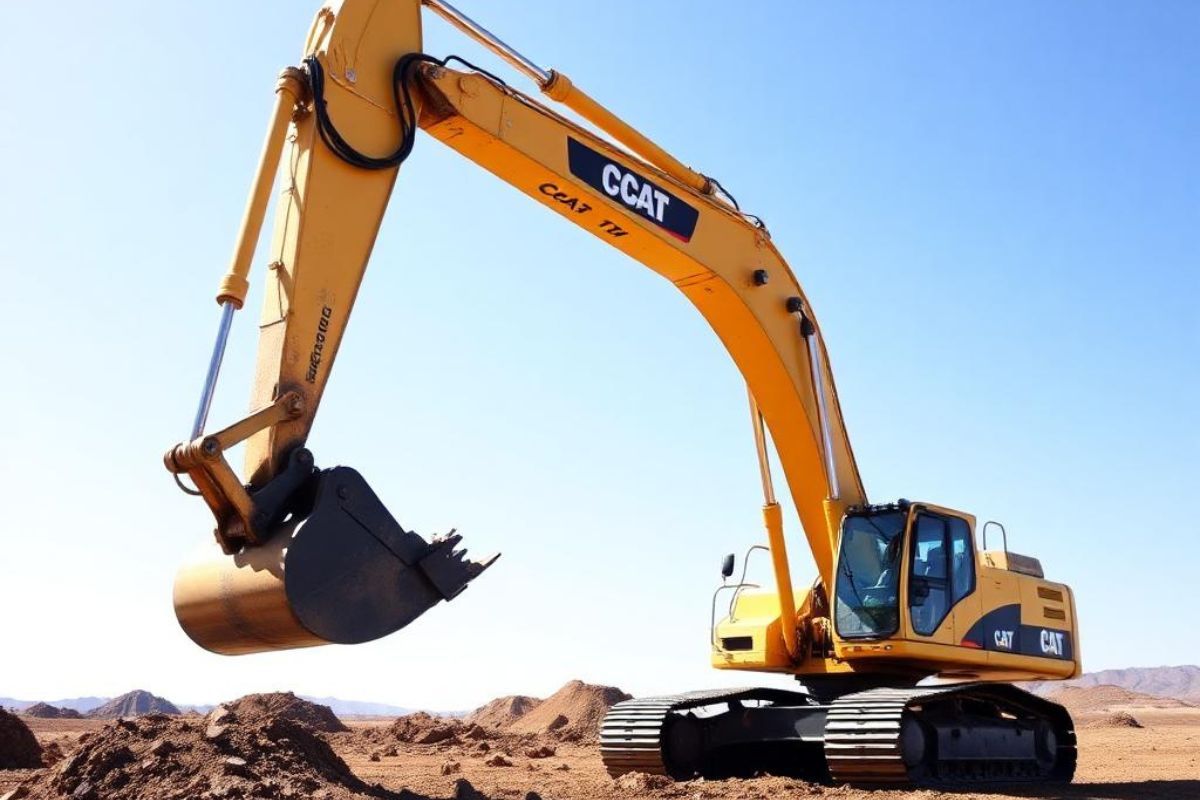This mower belt is significant in your mower, transmitting the power from your engine to the blades. While it continuously serves without interruption, the possibility of getting worn out after some time marks good performance. It also renders one prone to damage further while not considering replacements. Here's how one finds indications to look for a new lawnmower.
Cracks and Fraying
One of the most common warning signs that it's time for a new set of lawnmower belts is observable cracks on your old one. The material a belt is made of will, over time, wear down due to heat, friction, and the elements. This usually presents itself as small fissures in the belt. Small cracks can barely be seen, yet even the slightest crack will indicate the structural integrity of the belt has been compromised. These are tiny cracks that, unless checked, worsen and may lead to complete operation failure.
Other signs of wear at critical levels include frays. In this regard, the belt edges start to fray, weakening the fibres and may start disintegration. This calls for a time bomb in an activity whereby snapping occurs when in use. It makes your mower inefficient and may further destroy other parts once such breaking happens. Regular inspections are necessary: the moment you see any crack or fraying, immediately replace the belt to avoid any accident so your lawnmower does not lose its efficacy.
Damaged Sidewall
Another critical point of inspection is the sidewall of your lawnmower belt. In a good-quality belt, the edges should be smooth and even. Nicks, cuts, or tears on the sidewalls can be aggressively progressive enough to cause complete belt failure. Regular inspection for sidewall damage helps prevent breakdowns while mowing.
It becomes highly prone to wear since it is always in contact with pulleys and other moving parts. A torn sidewall that is not attended to may lead to misalignment or excessive friction during operation, which increases the wear of the belt and mower parts. Hence, routine inspection must be conducted, and any such belt with extensive sidewall damage must be replaced.
Burned or Glazed Appearance
The extreme wear indication is a burn or glaze on the sidewall of the belt. This is a warning that your belt has experienced high temperatures that could weaken its integrity. The shiny or glazed areas indicate that it's time to replace your belt before further damage results to your mower.
Loose or Stretched Belt
With time, the belts will most likely stretch and loosen; otherwise, the proper tension cannot be maintained around the pulleys. Due to possible slippage in such belts and some resultant loss in power, tightness should be checked occasionally. Where your belt has considerably stretched, replacement restores performance to a high level.
Noises and Vibrations
Suppose it starts making weird noises, such as squeaking or squealing while in operation, that would indicate wear or misalignment of the belt. Undue vibration during mowing is another symptom of malfunctioning or inappropriate belt use. These minor issues will not lead to complications if dealt with on time, and the mower will run smoother.
Lack of Cut Quality
Finally, your mower may not cut well or leave patches of uncut grass for the worn-out belt. This can be an issue with blade rotation due to a failing belt that generally affects mowing performance. If repeatedly reduced cutting power is observed, go ahead and check and replace the mower's belt.

How to Keep Your Lawn Mower Belt in Good Condition
Follow these maintenance tips to extend the life of your belt and avoid frequent replacements.
-
Keep the Belt Clean: Dirt, debris, and grass clippings may be thrown on the belt and Pulley, leading to early wear; clean the area around the belt to avoid accumulation.
-
The Belt Is Always at the Right Tension: The belt should be kept at the tension recommended by the manufacturer. Very tightly pulled belts are highly stressed on the system, while loose belts may cause slipping that could result in early wear.
-
Smear the Moving Parts: The belt does not require lubrication; however, the Pulley and associated running parts need to be kept well-smooth by grease to prevent unnecessary friction/wear.
-
Proper Mower Storage: Extreme temperatures and moisture will degrade the belt material. Store the mower in a dry-covered area during periods of no use.
-
Inspect Before Each Use: Perform a quick visual check before every mow to help spot early signs of wear and avoid sudden breakdowns.
-
Avoid Overloading the Mower: Cutting too tall or wet grass increases the workload on the belt, reducing its life. Mowing in good conditions can help lengthen the belt's life.
Choosing the Right Replacement Belt
The right choice of replacement lawn mower belt will mean longevity in service and optimal performance. Here are the key factors for consideration:
-
OEM vs Aftermarket Belts: OEM belts are installed in a model and usually last longer. However, high-quality aftermarket belts can also be quite functional and affordable.
-
Material Quality: It must be reinforced rubber with a strengthening material like Kevlar. It should be very resistant to wear and tear.
-
Correct Size and Fit: Always refer to the size and type of belt your mower needs from its manual. A wrong-sized belt might slip or wear out too soon.
-
Temperature and Friction Resistance: Some of these have heat—and friction-resistant coatings, giving life to such belts when subjected to extreme use conditions.
-
Compatibility with Your Mower: Not all belts are universal. Have the replacement belt designed for your mower brand and model.
Common Errors to Avoid When Replacing Mower Belt
There are common mistakes to avoid when replacing the lawn mower belt to prevent early wear or malfunction.
-
Incorrect Installation: According to the diagram, it should be installed on the mower. Failure to do so may cause slipping, causing excessive stress in the system.
-
Damaged Pulley Overlooked: A new belt may be subjected to unequal wear by a damaged or worn-out pulley. Check for wear on pulleys and replace them; this may be required.
-
The Wrong Type of Belt Applied: Not all belts are created equal, and utilizing a specified belt in your mower will prevent incompatibility issues.
-
Negligence of Routine Checks: One sure way to invite sudden breakdowns is not to check wear and tension after replacement.
-
Over-tightening of the Belt: The more tension applied, the more it will destroy the drive mechanism of the mower, aside from destroying the belt. Always check the proper tension specification of your belts in the owner's manual.
Conclusion
These signs and symptoms will facilitate the servicing of lawnmowers against frustrating operation breaks. The frequent checks you put your mower through maintain efficiency throughout the mowing season, and such worn-out belts being replaced appropriately will ensure the same. Only proper practice with the appropriate fit for replacement will let your mower's belt lead an extra life, seeing your equipment performing well for many more years.






Share: